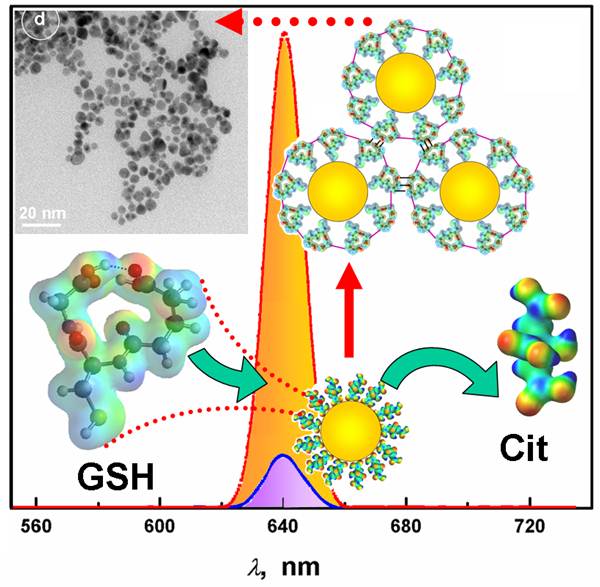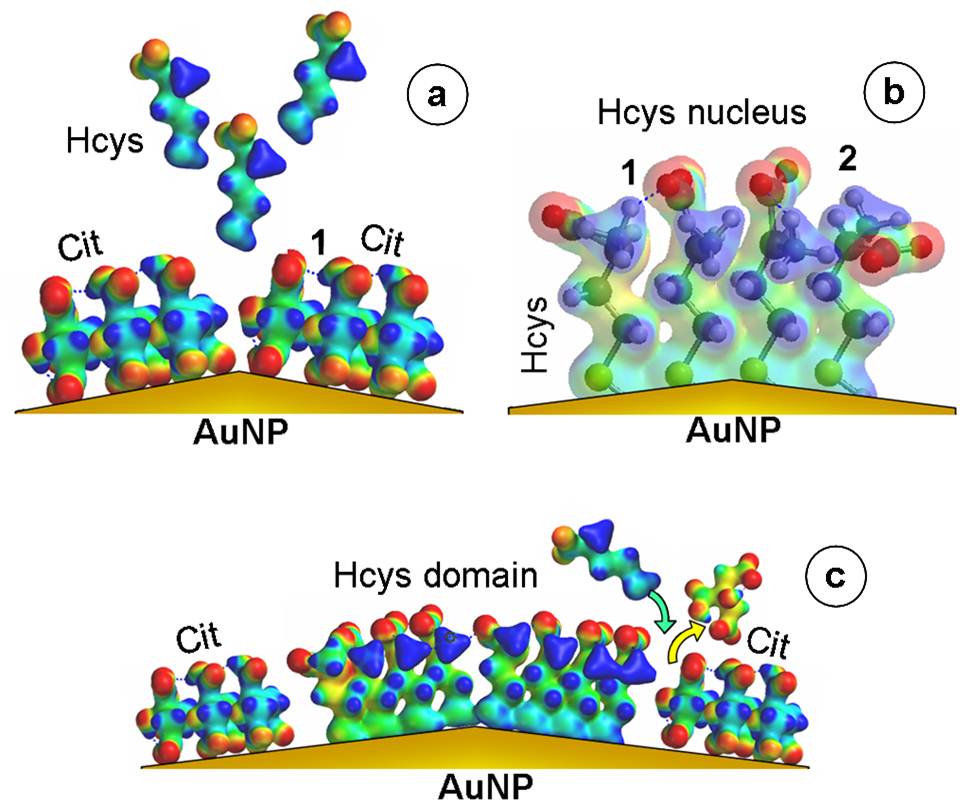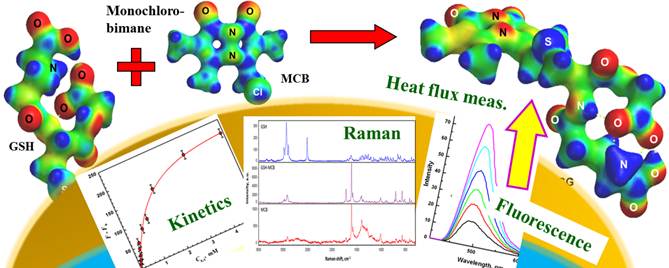
Department of Chemistry, SUNY-Potsdam
Redox Abnormalities as a Vulnerability Phenotype for Autism and Related Alterations in CNS Development
PI:
Professor Maria Hepel
Students involved in the Project:

Major Accomplishments click on picture for more info
 click on
picture for more info
click on
picture for more info
2. "Molecular beacon" based fluorescent assay for detection of glutathione and cysteine
 click on
picture for more info
click on
picture for more info
3. Resonance Elastic
Light Scattering (RELS) Spectroscopy of Fast Non-Langmuirian Ligand-Exchange in
Glutathione-Induced Gold Nanoparticle Assembly
 click on
picture for more info
click on
picture for more info
ligand-exchange process for biosensor designs

5. Ligand Exchange Effects in Gold Nanoparticle Assembly Induced by Oxidative Stress Biomarkers: Homocysteine and Cysteine
6. Resonance Elastic Light Scattering and Plasmonic Phenomena in Glutathione-Mediated Gold Nanoparticle Assembly
7.
Detection of Oxidative Stress Biomarker Homocysteine Utilizing Resonance Elastic
Light Scattering

8. Microsensor arrays for determination of biomarkers of oxidative stress

9. Comparative kinetic model of fluorescence enhancement in selective binding of monochlorobimane to glutathione


Back to M. Hepel Research Page top Department of Chemistry